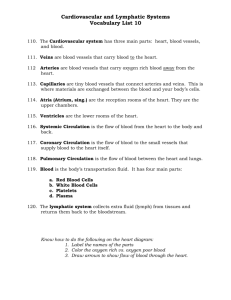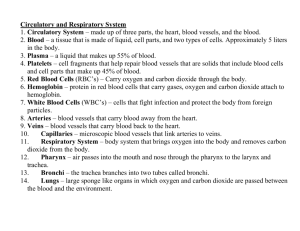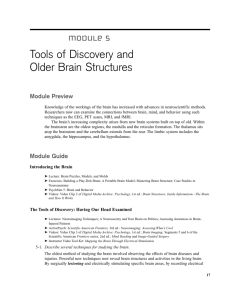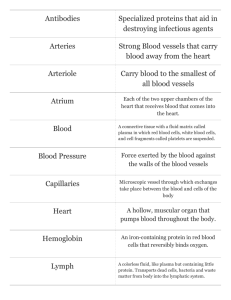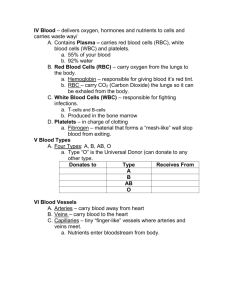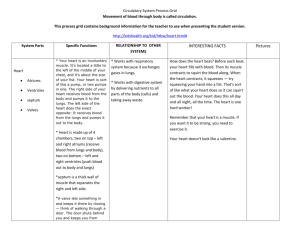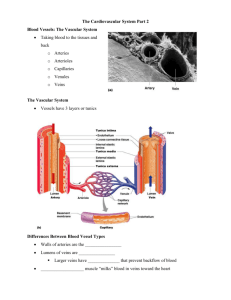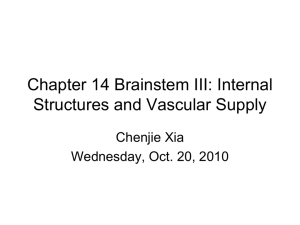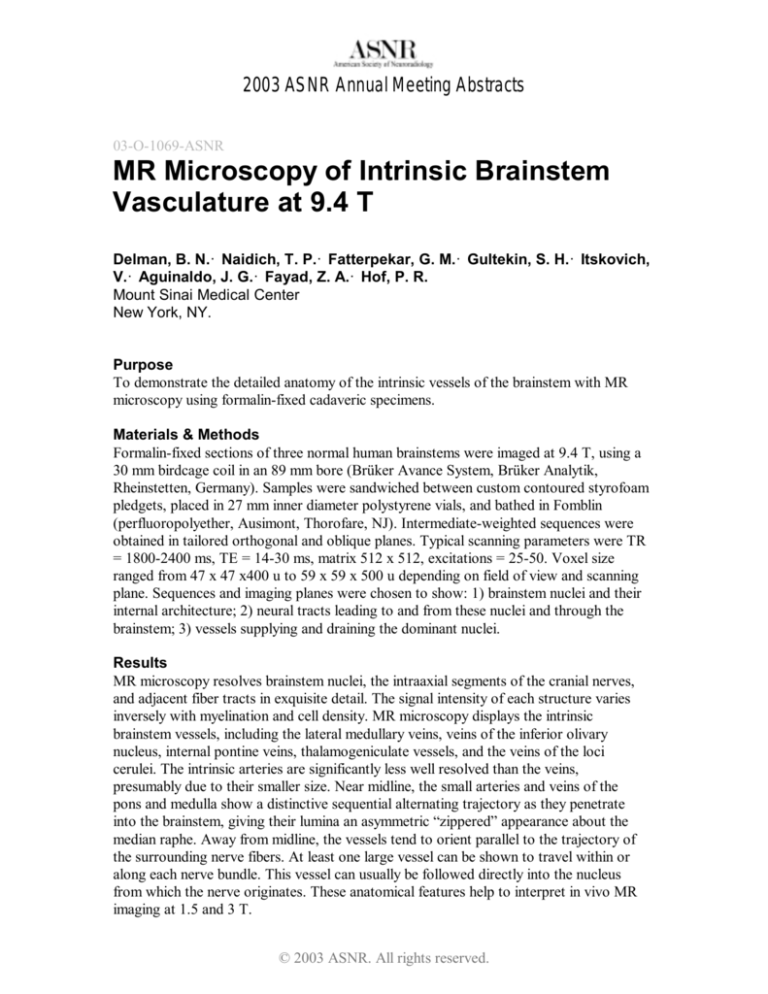
2003 ASNR Annual Meeting Abstracts
03-O-1069-ASNR
MR Microscopy of Intrinsic Brainstem
Vasculature at 9.4 T
Author(s):
Delman, B. N.· Naidich, T. P.· Fatterpekar, G. M.· Gultekin, S. H.· Itskovich,
V.· Aguinaldo, J. G.· Fayad, Z. A.· Hof, P. R.
Mount Sinai Medical Center
New York, NY.
Purpose
To demonstrate the detailed anatomy of the intrinsic vessels of the brainstem with MR
microscopy using formalin-fixed cadaveric specimens.
Materials & Methods
Formalin-fixed sections of three normal human brainstems were imaged at 9.4 T, using a
30 mm birdcage coil in an 89 mm bore (Brüker Avance System, Brüker Analytik,
Rheinstetten, Germany). Samples were sandwiched between custom contoured styrofoam
pledgets, placed in 27 mm inner diameter polystyrene vials, and bathed in Fomblin
(perfluoropolyether, Ausimont, Thorofare, NJ). Intermediate-weighted sequences were
obtained in tailored orthogonal and oblique planes. Typical scanning parameters were TR
= 1800-2400 ms, TE = 14-30 ms, matrix 512 x 512, excitations = 25-50. Voxel size
ranged from 47 x 47 x400 u to 59 x 59 x 500 u depending on field of view and scanning
plane. Sequences and imaging planes were chosen to show: 1) brainstem nuclei and their
internal architecture; 2) neural tracts leading to and from these nuclei and through the
brainstem; 3) vessels supplying and draining the dominant nuclei.
Results
MR microscopy resolves brainstem nuclei, the intraaxial segments of the cranial nerves,
and adjacent fiber tracts in exquisite detail. The signal intensity of each structure varies
inversely with myelination and cell density. MR microscopy displays the intrinsic
brainstem vessels, including the lateral medullary veins, veins of the inferior olivary
nucleus, internal pontine veins, thalamogeniculate vessels, and the veins of the loci
cerulei. The intrinsic arteries are significantly less well resolved than the veins,
presumably due to their smaller size. Near midline, the small arteries and veins of the
pons and medulla show a distinctive sequential alternating trajectory as they penetrate
into the brainstem, giving their lumina an asymmetric “zippered” appearance about the
median raphe. Away from midline, the vessels tend to orient parallel to the trajectory of
the surrounding nerve fibers. At least one large vessel can be shown to travel within or
along each nerve bundle. This vessel can usually be followed directly into the nucleus
from which the nerve originates. These anatomical features help to interpret in vivo MR
imaging at 1.5 and 3 T.
© 2003 ASNR. All rights reserved.
2003 ASNR Annual Meeting Abstracts
Conclusion
MR microscopy demonstrates very fine anatomical detail of the brainstem. Signal
intensity varies inversely with myelination and neuronal density. Intrinsic vessels tend to
run within or parallel to adjacent nerve bundles. Since high-field MR imaging now
displays prominent vessels in vivo, the features documented at 9.4 T potentially could
serve to establish surrogate landmarks for localizing specific cranial nerves and nuclei.
© 2003 ASNR. All rights reserved.


